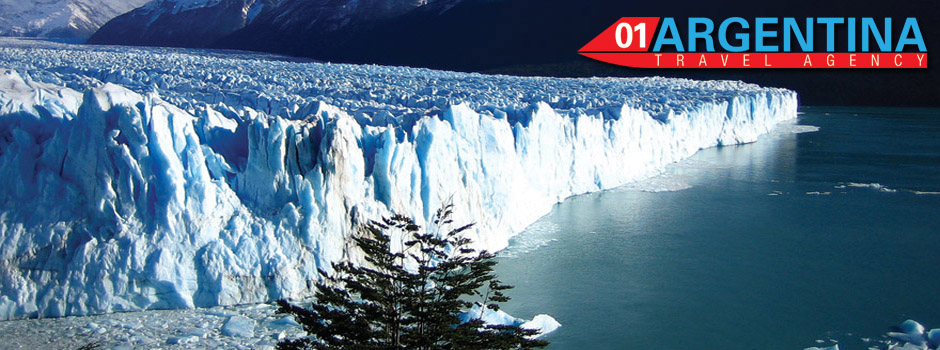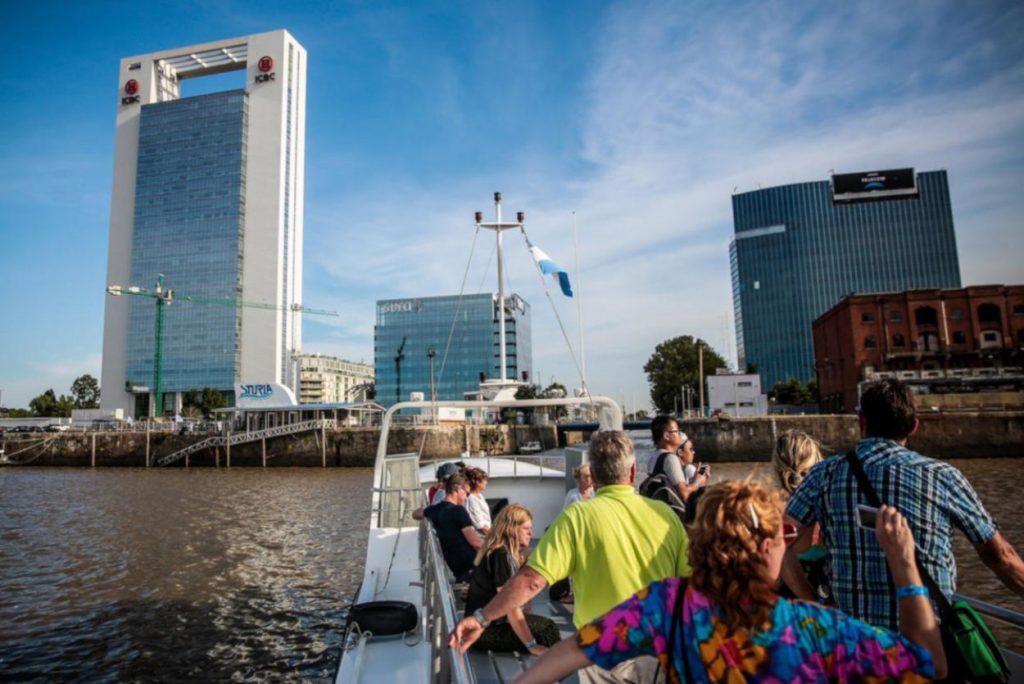
Just a day’s journey from Buenos Aires, the Tigre River delta offers locals and tourists alike an ideal space for a wide variety of activities ranging from horseback riding and hiking to fishing and swimming. The Tigre River has hundreds of tiny islands, is located about 32 kilometers northwest of Buenos Aires and can be reached from the city by taking a train, followed by a boat ride directly from the train station. Although the main attraction here is the delta itself (formed from the meeting of five rivers), you can also find the Naval Museum, restaurants and recreational areas for children. Several tour operators offer day trips to the Tigre River Delta, however, visitors also have the opportunity to book stays there at local Bed and Breakfasts and adventure lodges.
The Delta and the Rio de la Plata (River Plate) by boat
It is not the labyrinthine world of Jorge Luis Borges but a refuge full of charm and nature minutes from the city.
Baptized as “Delta del Paraná”, its name refers to the way in which this river of sedimentary waters flows into the Río de la Plata, thus giving life to a group of islands and streams that make up an infinite labyrinth that summons every day of the year to thousands of visitors.
“Tiger” was its popular name and owes its origin to the presence of jaguars (American tiger) along its islands and mountains. However, once the area began to be populated (which happened after the year 1900) they had to migrate to the heart of the Misiones jungle.
From the past to the present
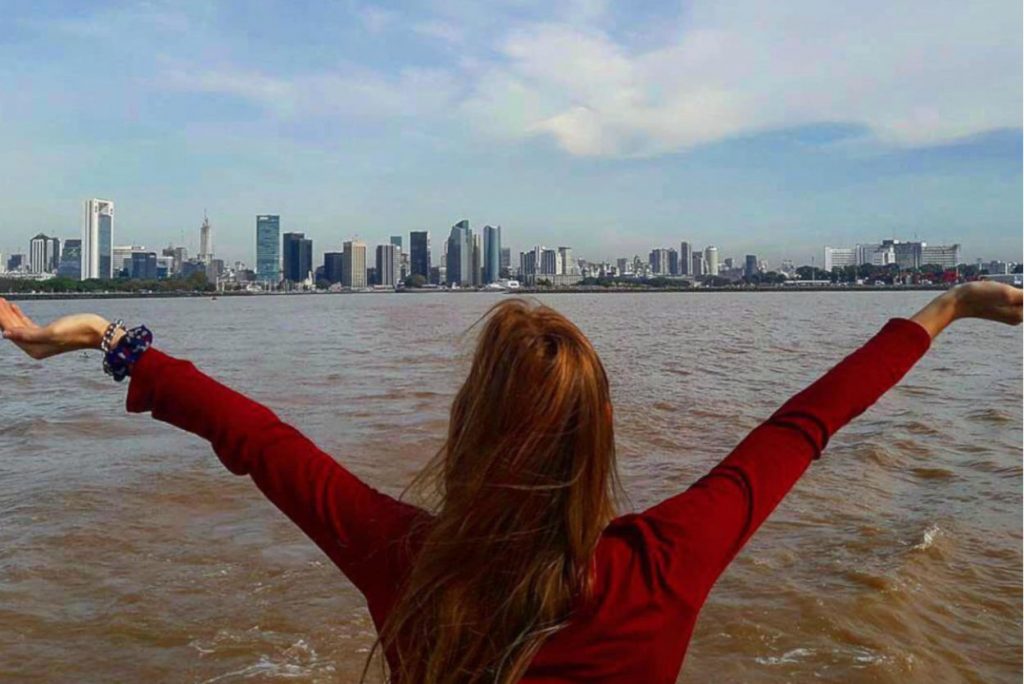
Today the Delta (or Tigre, depending on how you want to call it) combines the charm generated by its privileged nature with the certain possibility of knowing its history, culture and philosophy of life through different routes. It is enough to get carried away by one of the boats that depart from the river station and that routinely but beautifully enter its islands.
As soon as you take the Luján River, dozens of rowing clubs stand out, the old and aristocratic Tigre Hotel (now converted into a cultural center), the Sarmiento Museum and some of the recreations that make the place one of the main sites on weekends. porteños. The influence of the belle epoque can be seen in each of the corners. Its old mansions, docks and recreation areas show plenty of traces of a time when luxury was imported from old Europe to the new America.
The famous Puerto de Frutos, where the islanders sell the products and fruits they harvest on the islands, the Parque de la Costa and the Casino Trillenium are the largest buildings that can be seen from the water.
Leaving the Luján, the tour can now continue along a narrower and more beautiful river, such as the Carapachay or the Angostura, which allows us to see what life is like for the islanders and their customs (with their houses, schools, collective boats or warehouses) alternated with recreation, resorts and hotels of international hierarchy or first class restaurants.
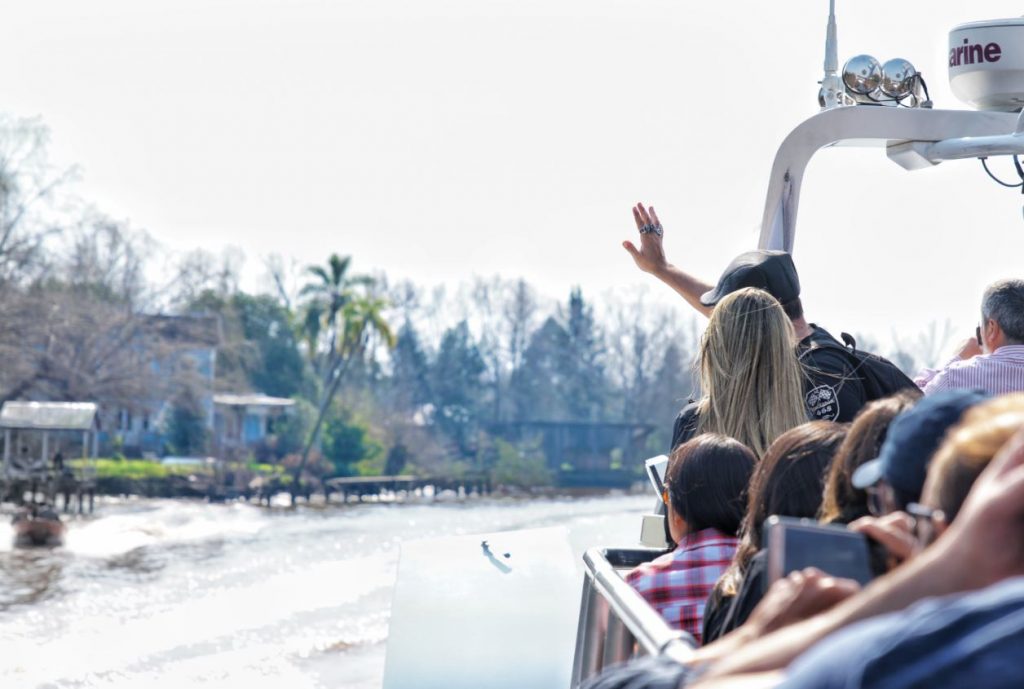
The Sarmiento River hides in its waters a large part of the history of the place and of our country. Baptized in honor of Domingo Faustino Sarmiento, it shows on one of its shores the house (now converted into a museum) where the former President lived, one of the greatest and most outstanding personalities that the country had in the 19th century.
That old lion colored river
With these words, Jorge Luis Borges defined the immense Río de la Plata, synthesizing perfectly not only the tonality of its waters when the sun shines, but also the unmanageable character of its surface when the southeast is present.
The truth is that in addition to knowing the secrets and most of the corners of the islands, some river excursions allow us to make contact with the gigantic river to get closer to see the immensity of the city of Buenos Aires from the water. In this way, the tranquility and dead calm of the internal rivers and streams are left behind to enter the coastal channel of the Río de la Plata.
The boat begins to copy the walks that take place along the waterfront and its different coasts, which are appreciated by visitors with a background image of a Buenos Aires that is getting bigger and bigger. There is a succession of different yacht clubs that dot the coasts of San Isidro or the port of Olivos, which with their moorings, sailboats and recreation give life to the northern part of the city. Following a course towards the South we come across the pavilions of Ciudad Universitaria, a place where thousands and thousands of young people study. By this time, those present do not know where to look. Planes of all sizes take off and land one after another at the Jorge Newbery airport, overshadowing for a few seconds the constant roar of the river.
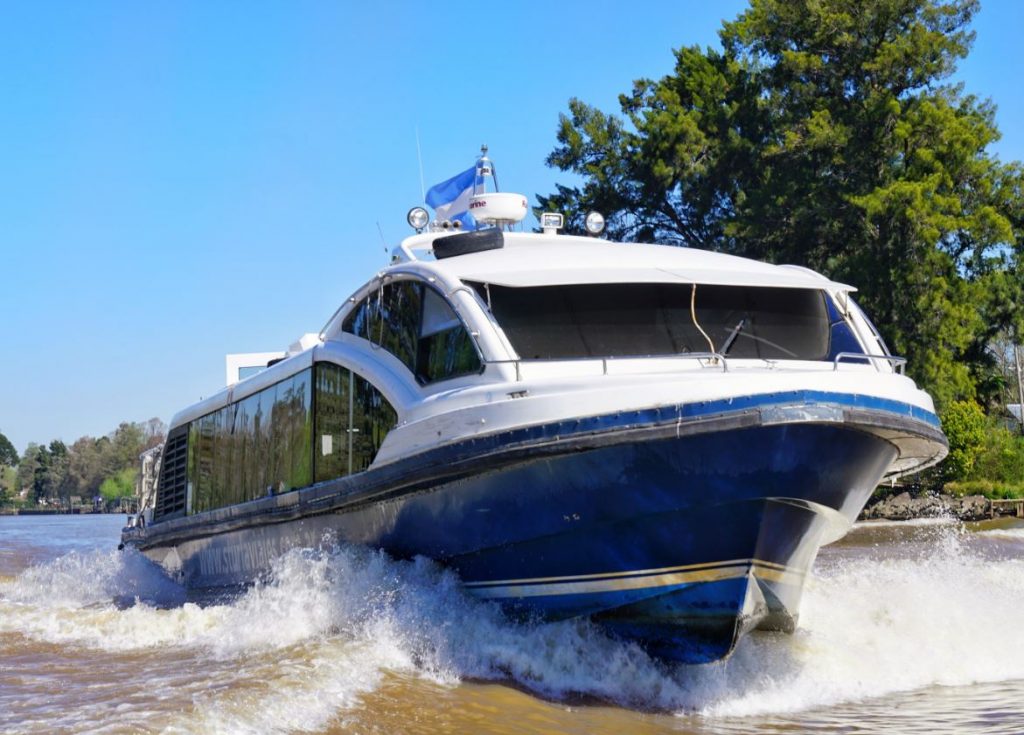
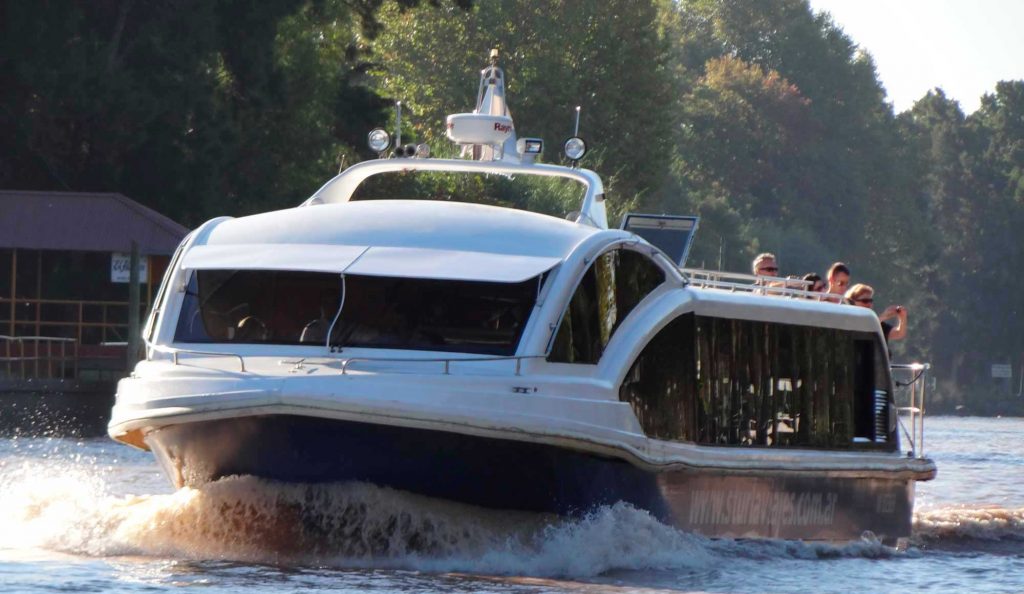
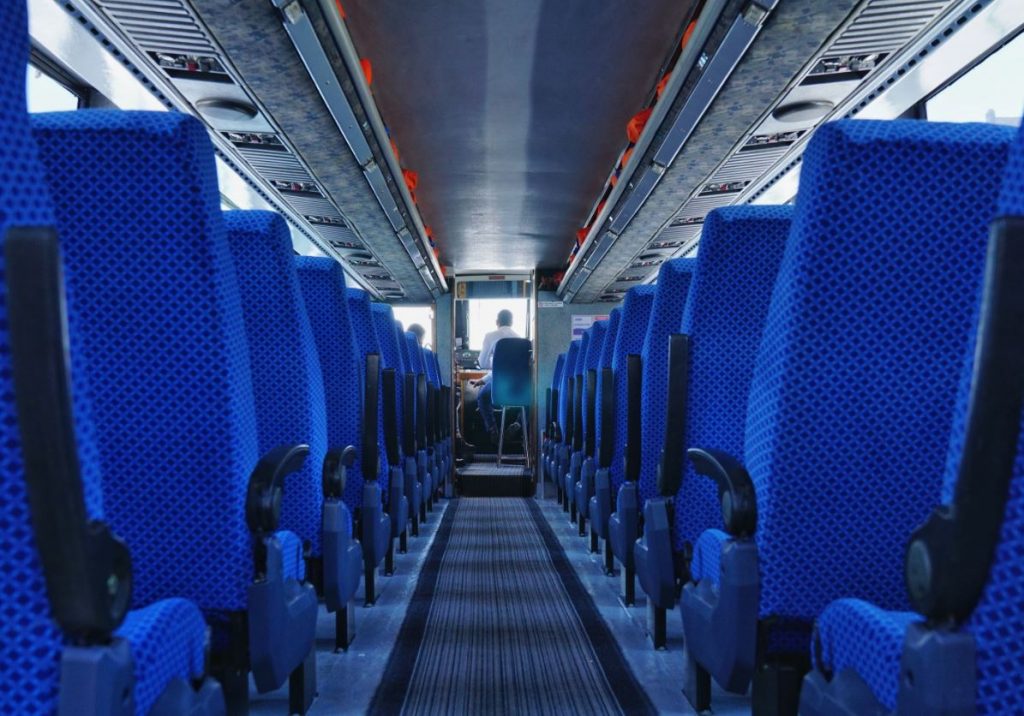
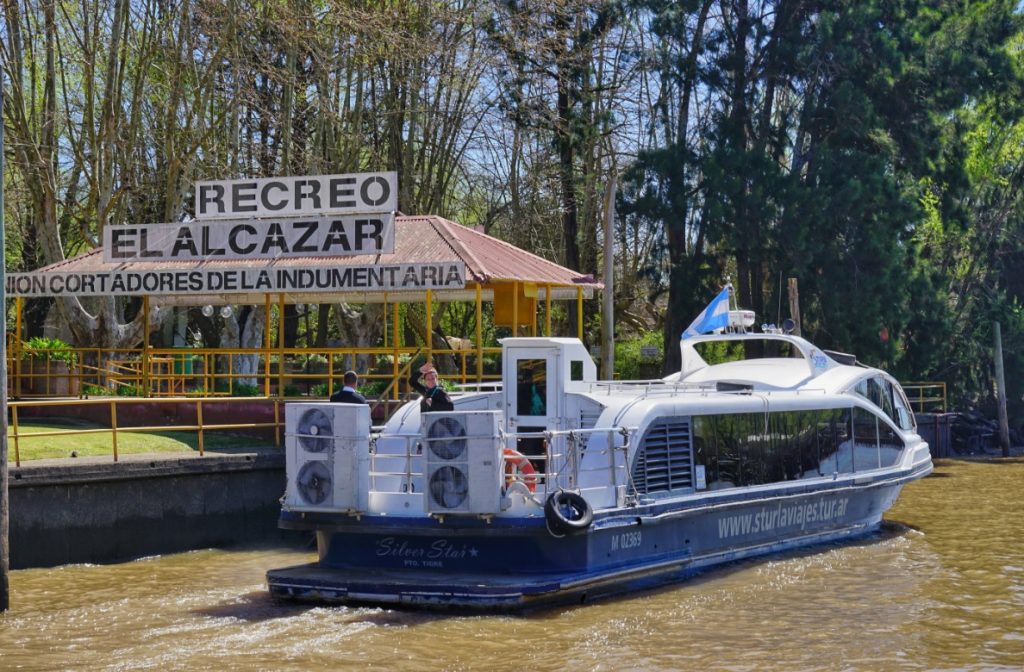
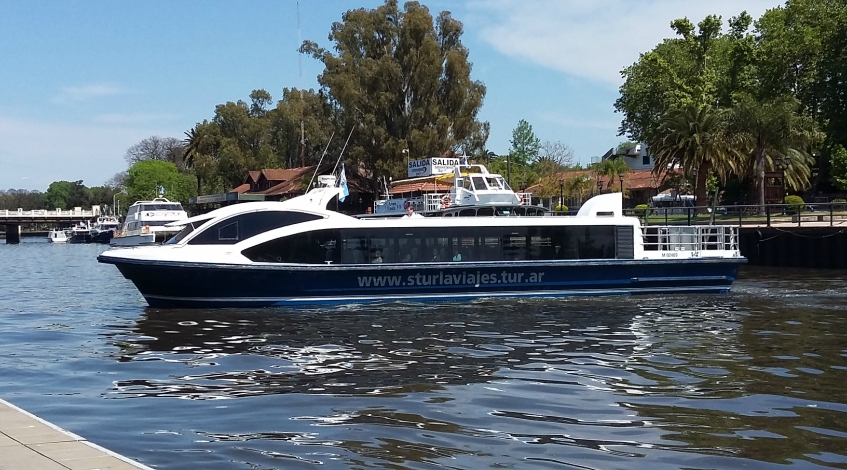
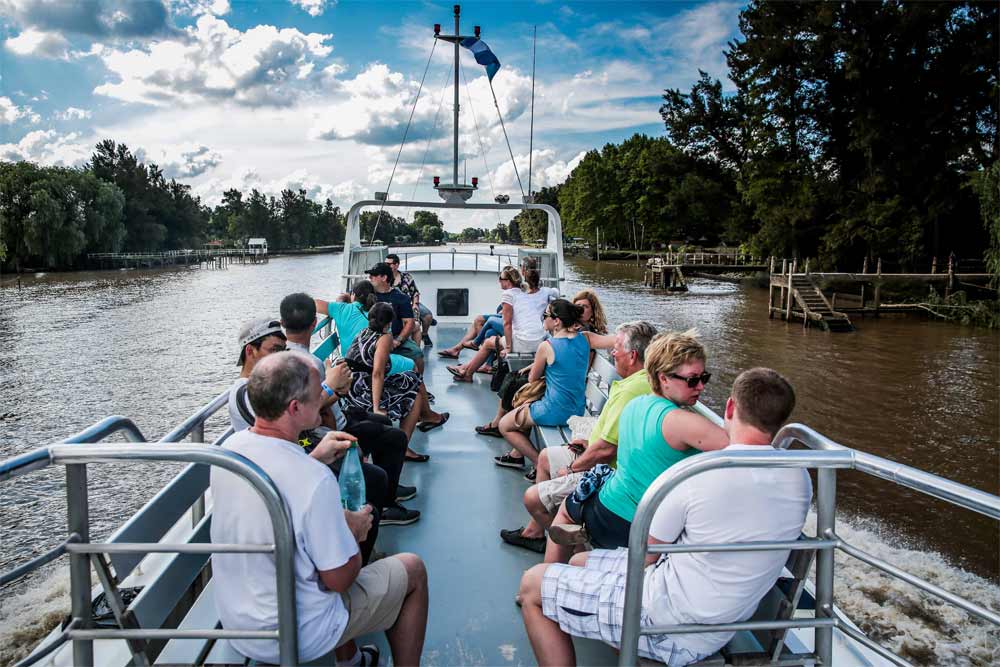
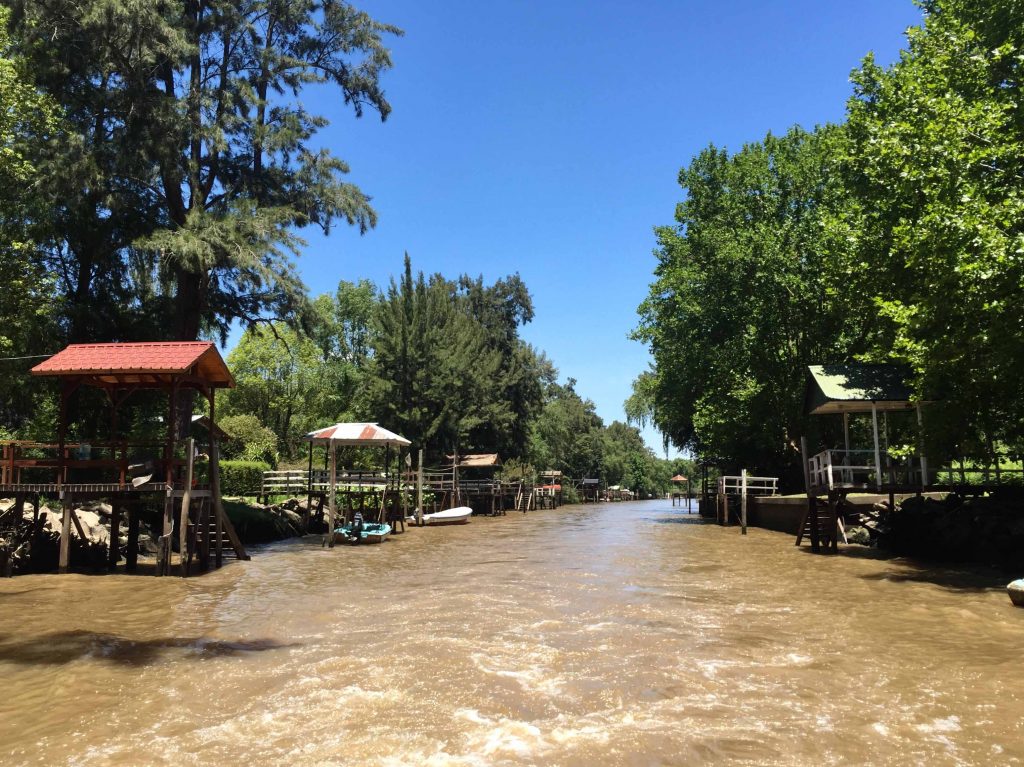
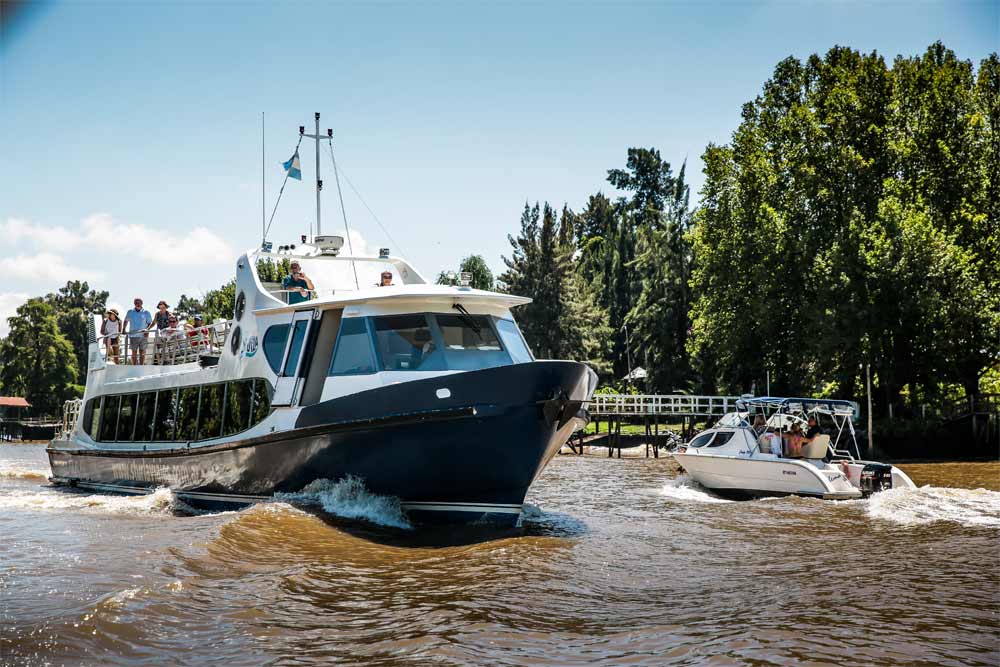
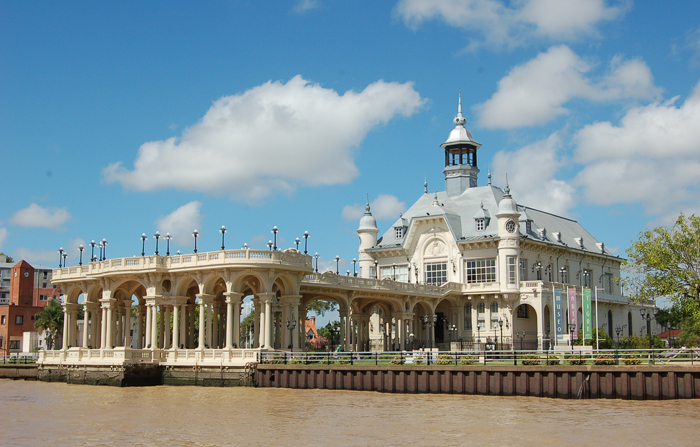
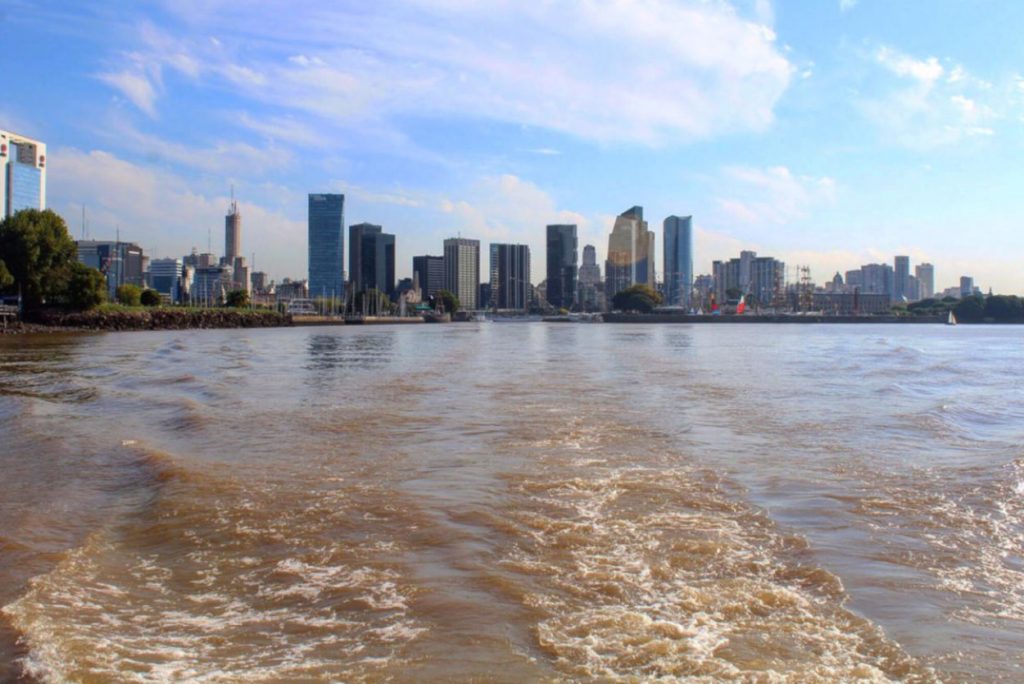
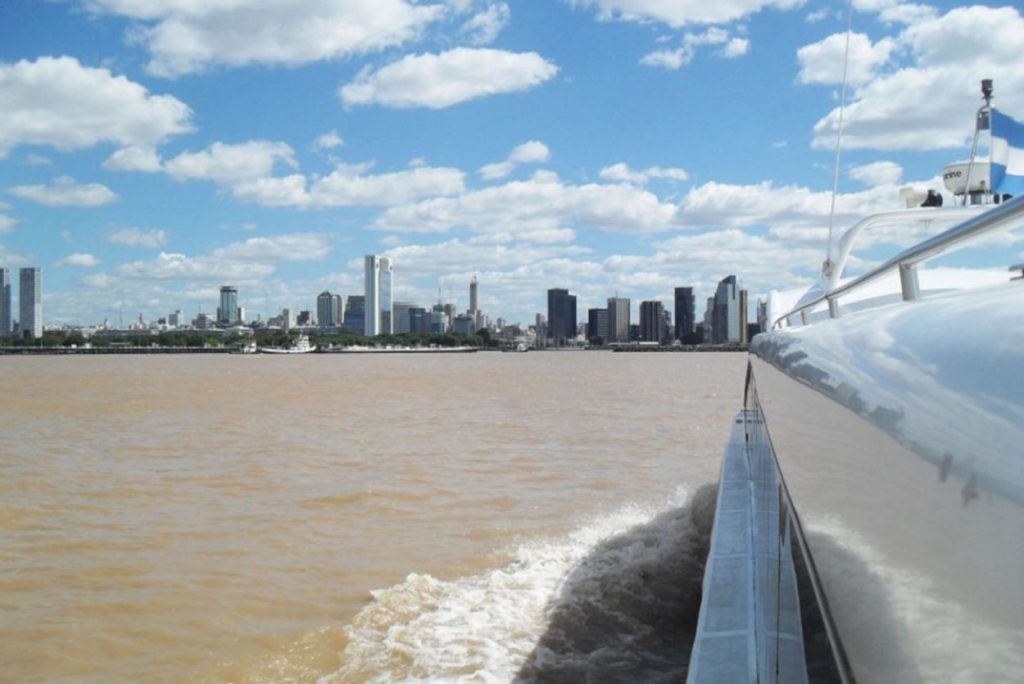
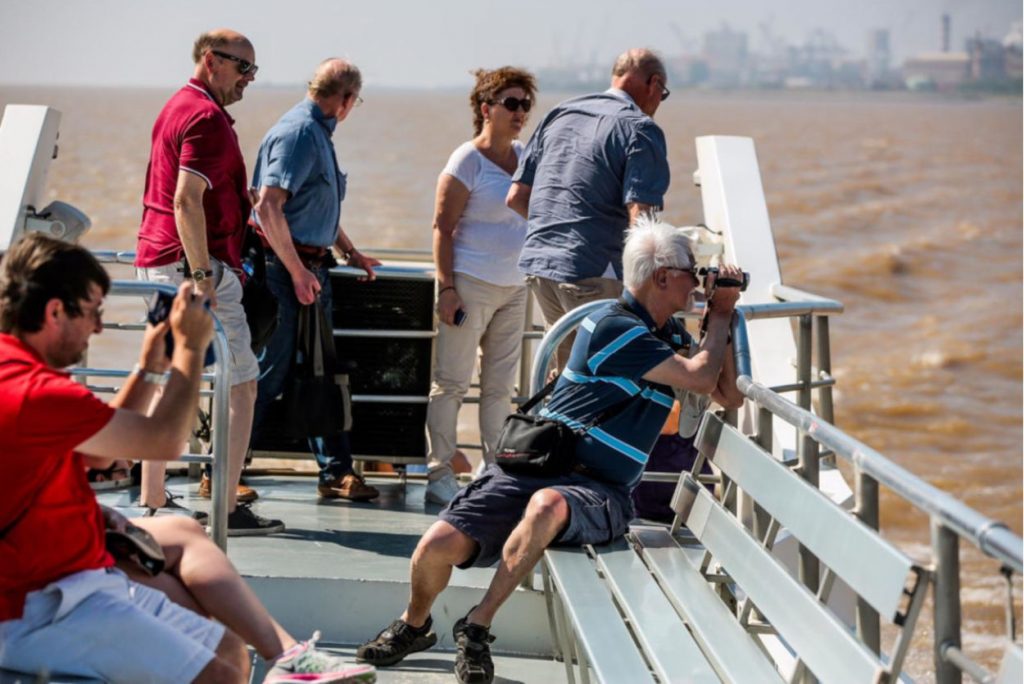
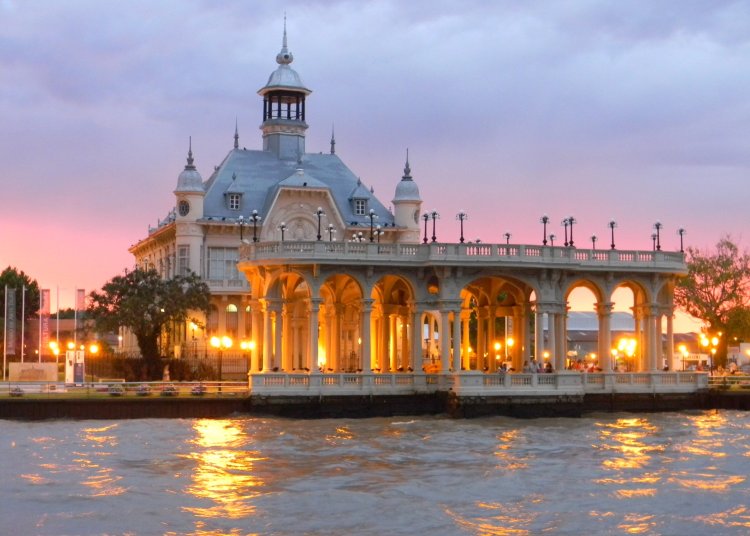
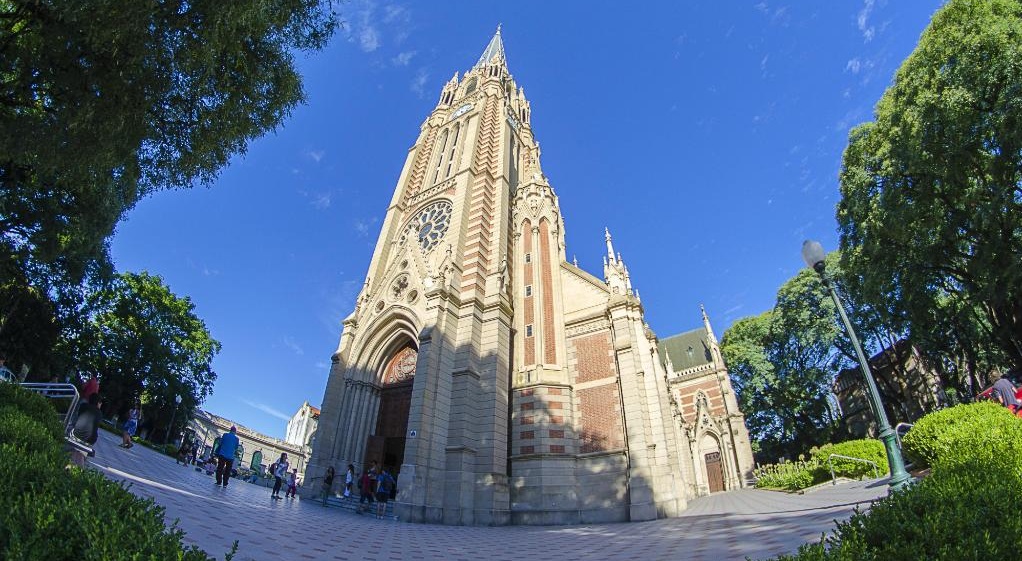
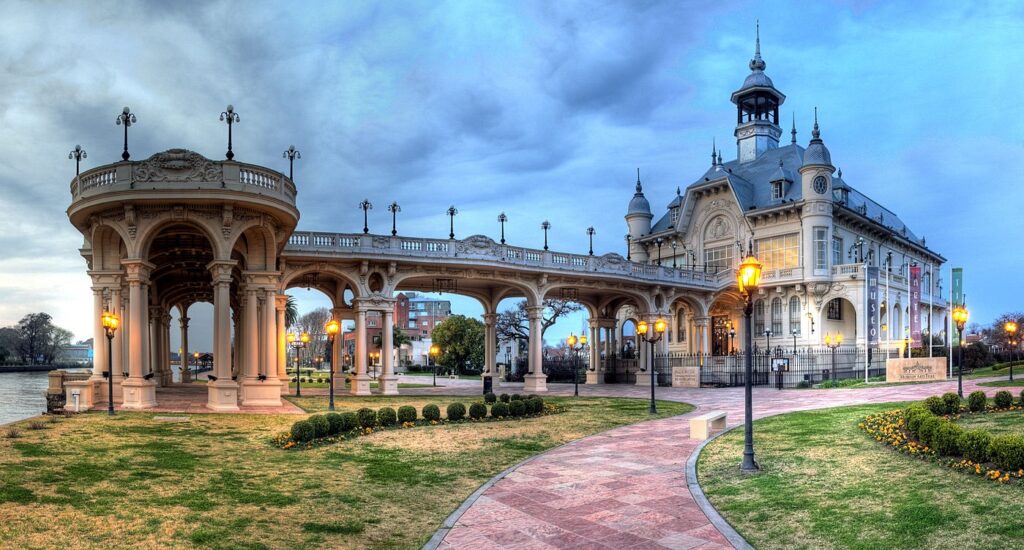
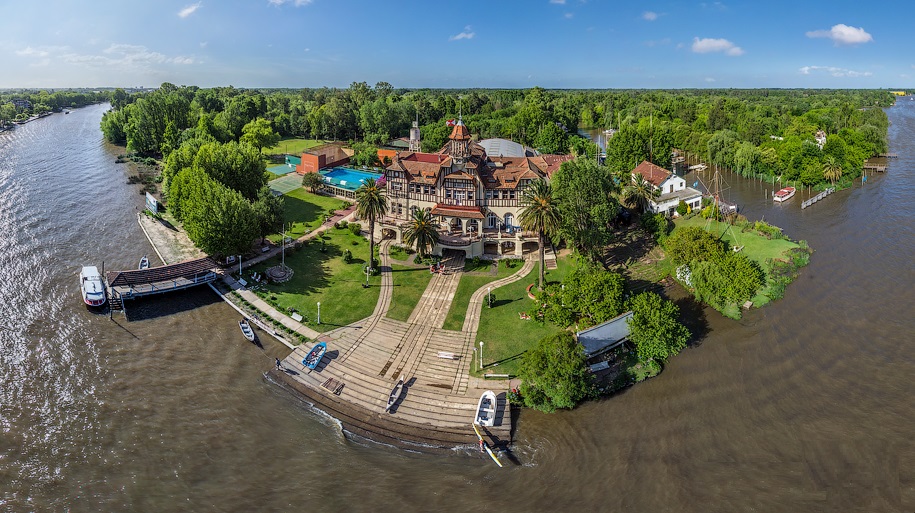
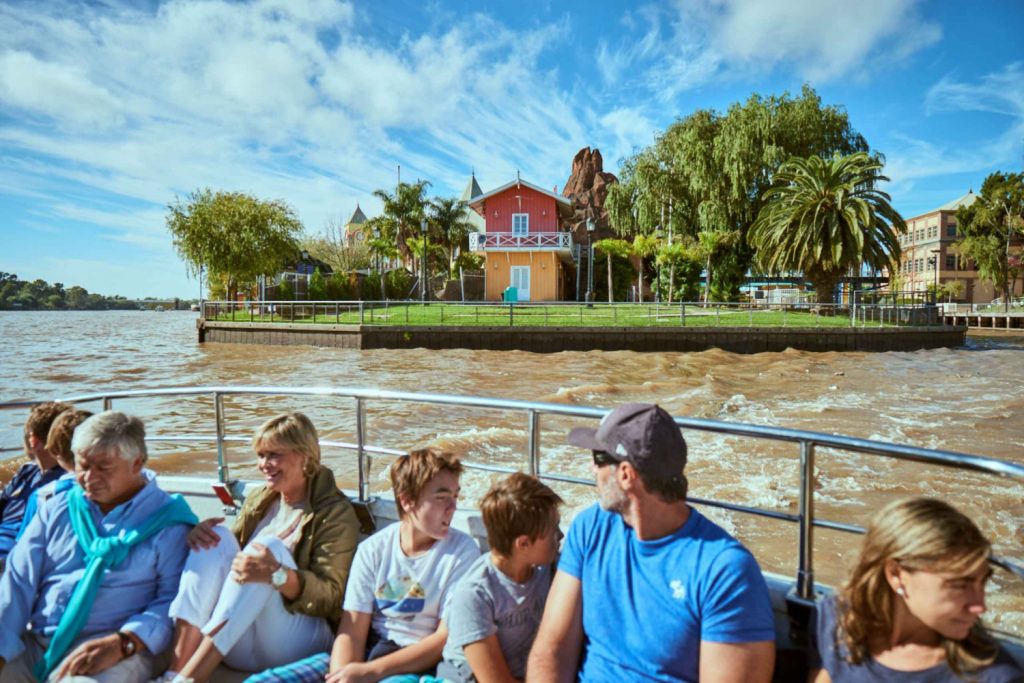
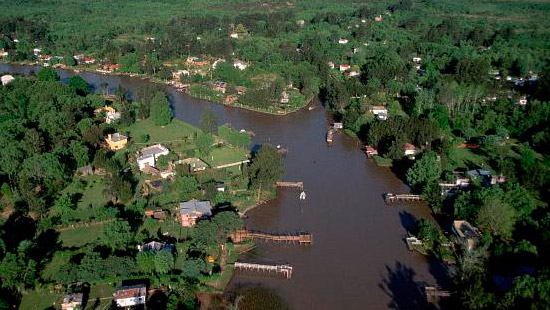
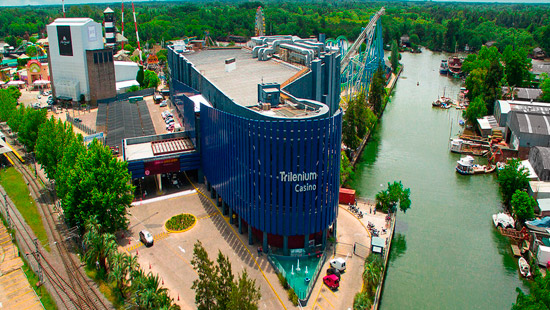
A little further south, the endless pier of the Club de Pescadores (fishermen club), along with its majestic confectionery and restaurant, wins the applause of the crew members who are immediately returned by the hundreds of fishermen who, leaning on the old walls, wait with their bamboo canes and their patience intact for the bite of some great fishing , golden or pejerrey.
Our boat already had one of the moorings in Puerto Norte in sight, the place where, so to speak, the tour has ended, which not only allowed us to navigate through the giant lion color, but also to see from its waters one of the most beautiful cities in the world.
